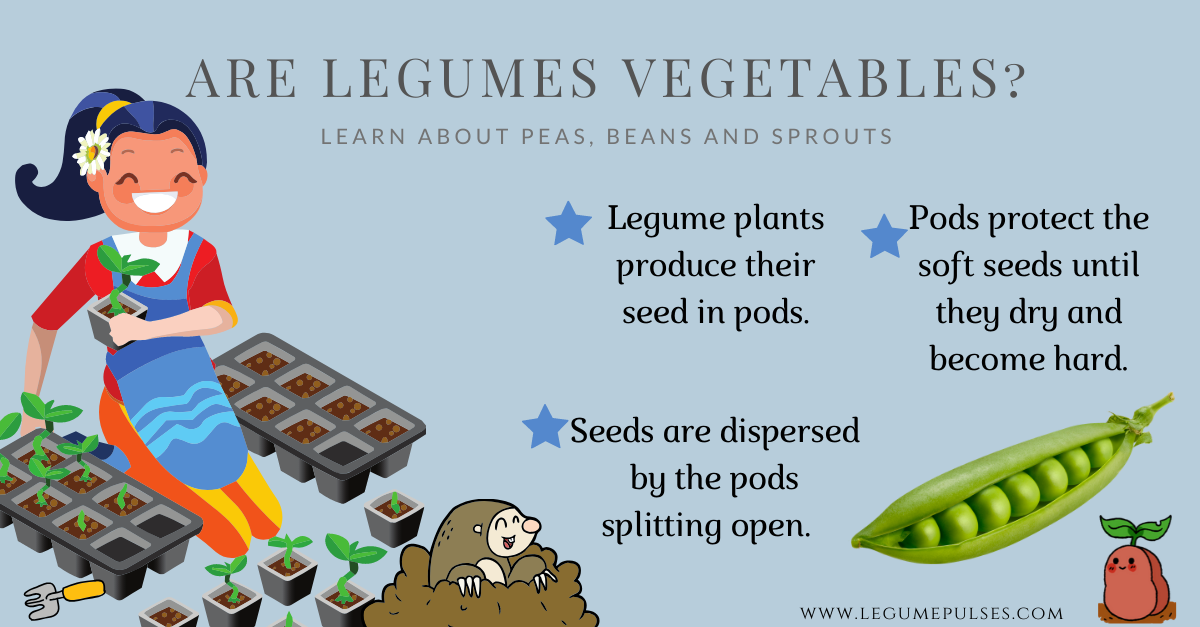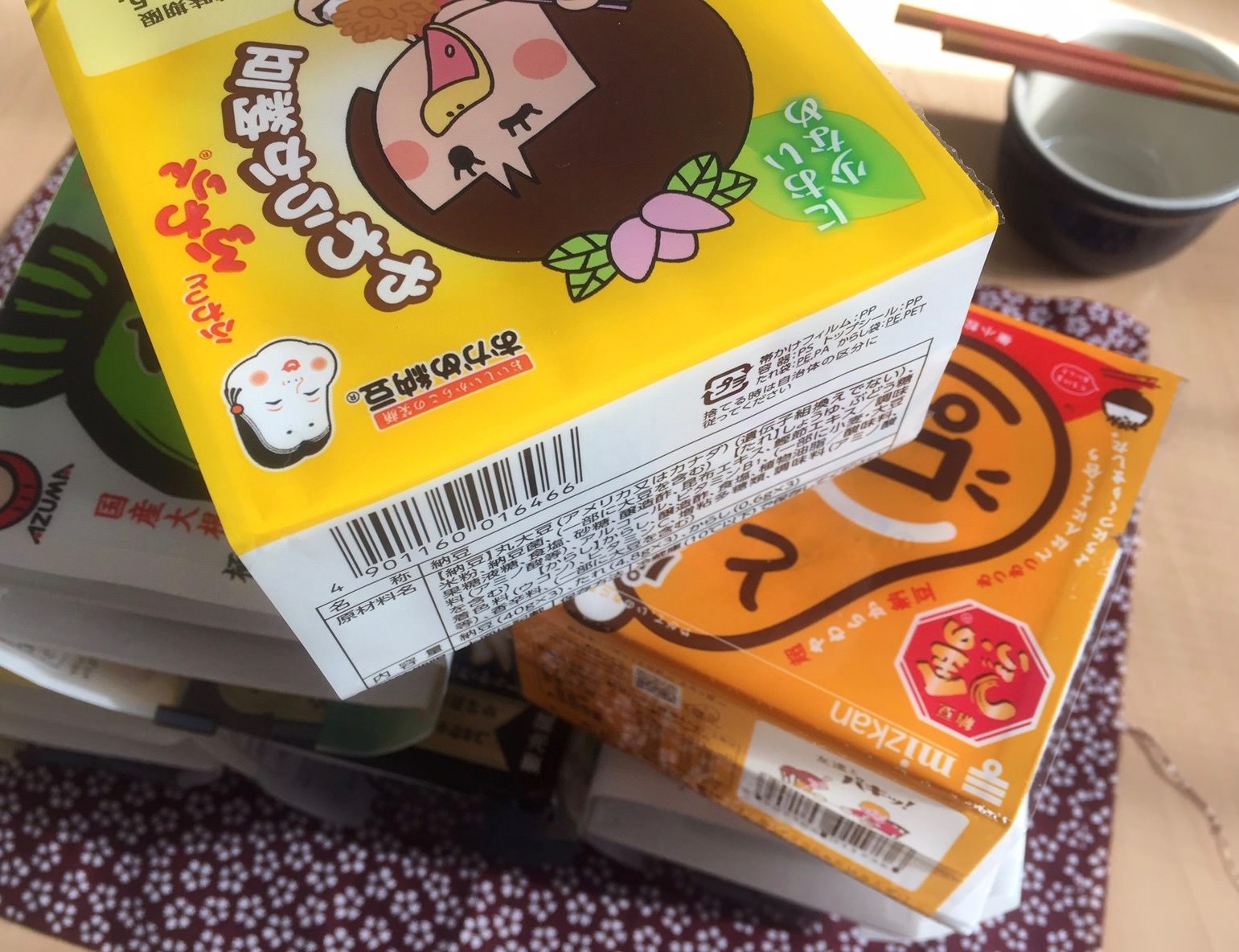What are legumes?
What are legumes? Have a look in the supermarket, and you can find them in the vegetable section, the canned food section, deli, and also in the frozen food section. They are the different varieties of peas and beans that we often call vegetables. However, unlike other greens, seeds from legumes form in a pod.
Dried seeds of legumes are further categorized into pulses. Just think of legumes as the entire plant and fruit. And pulses as the dried harvested seeds.
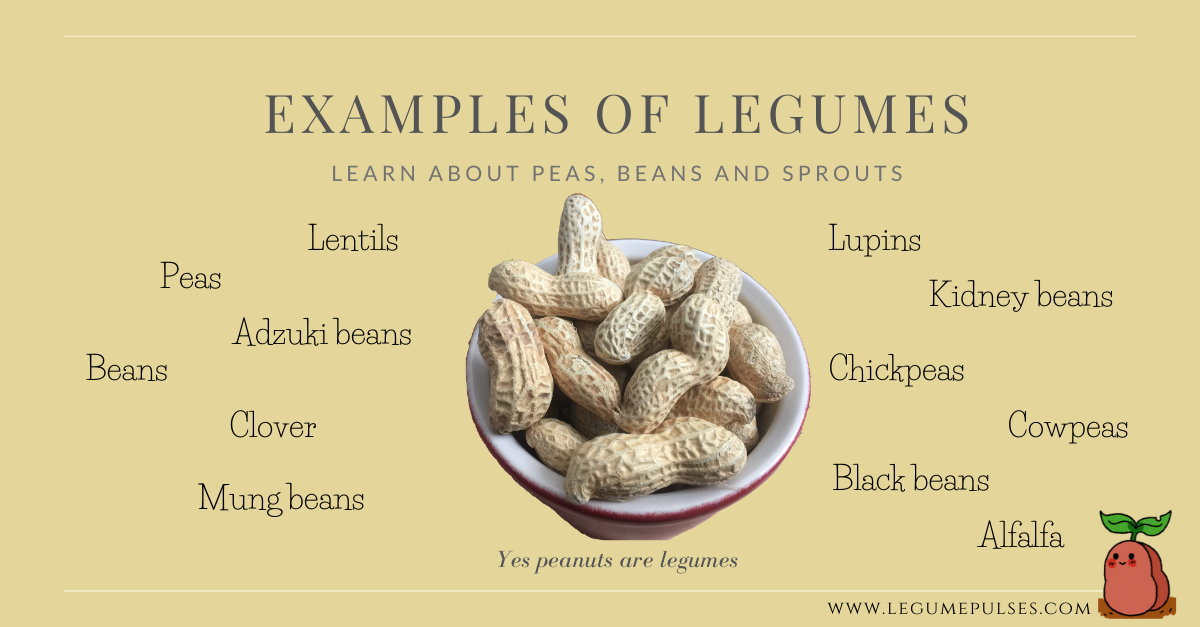
You probably have legumes in the freezer
Check your cupboard, fridge or freezer, and you'll probably find a few of these pod bearing fruits. Mung beans, soybeans, snap peas and broad beans are all examples. No matter what part of the world you are from, you'll probably eat these superfoods without even knowing it. Legumes or the dried beans (pulses) are good sources of protein and carbohydrates. They also happen to taste great and can be easily, frozen, or died.
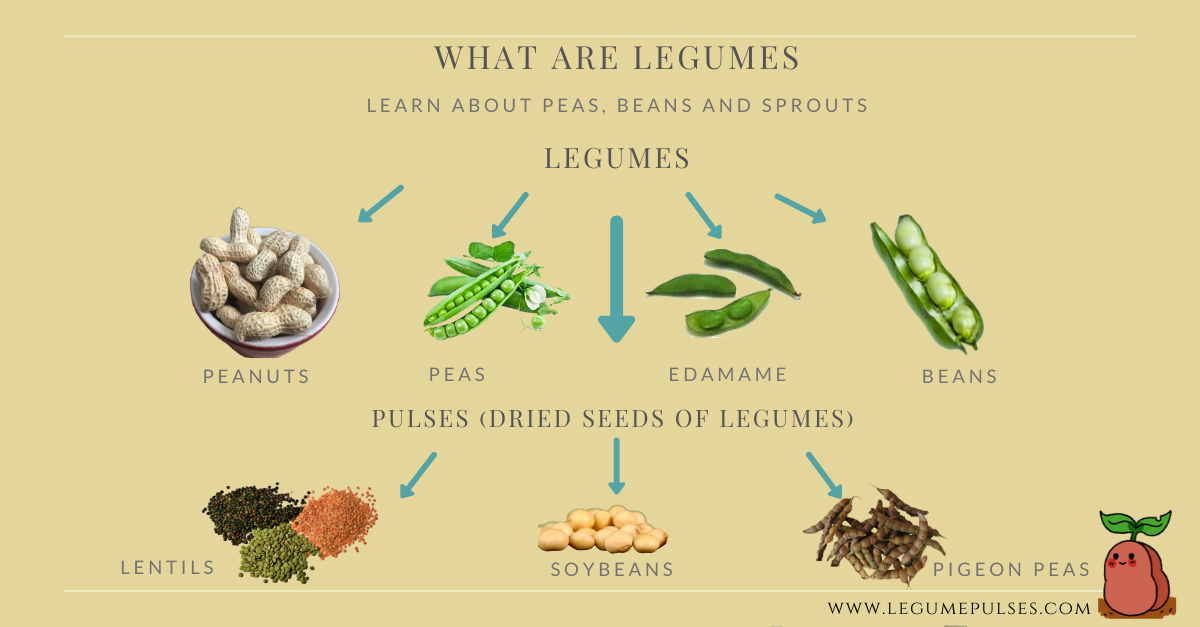
Here are some examples of different types of plants in the legume family.
Legumes are part of the Fabaceae order of flowering plants that includes: trees, shrubs, perennial and also flowering annuals. So the Fabaceae family covers all types of flowering plants. This family is one of the largest groups of plants that consists of thousands of different species.
Trees
Acacia Tree (wattle)
Shrubs
Gorse
Perennials and Biennials
Beans and sweet clover
Annuals
English peas
How are legumes used?
We eat the fresh pods and seeds of legumes. We also dry the seeds and rehydrate them before we cook them. We call dried legume seeds pulses. Farmers grow plants such as lablab and alfalfa and feed them to feed livestock. We plant their seeds in our gardens for a stunning summer display of brightly colored flowers.
Legumes are a good source of protein and carbohydrates in the developing world. Some cultures use legumes plants as their number one source of protein and carbohydrates. You can learn about these fascinating plants and how to cook them on the site.
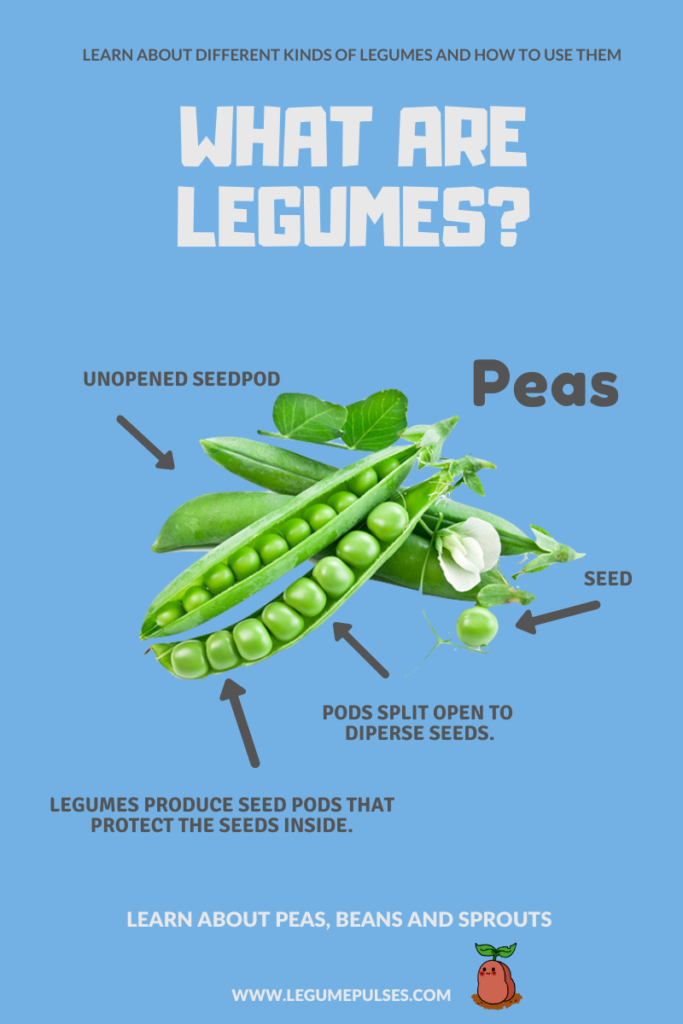
From agriculture to horticulture, legumes play an important role in sustainability
Legumes are grown for several reasons. The main reason is for food. The fruits are eaten fresh and put in salads. Often the dried seeds are boiled or stewed. Dried peas and beans are commonly known pulses, store well and have been used in Europe, Asia, Africa, and the Middle East for thousands of years.

Legumes are also fed to livestock
Alfalfa is widely grown for summer forage for livestock. It provides animals with a valuable source of protein and energy. Since legumes have a high energy source, farmers may feed these crops to fatten cattle and sheep before putting their animals to market. Legume crops are sometimes fed to dairy cows to increase milk production.
Another beneficial legume for pasture is clover. Clover can grow in poor soil and often remains green while other grasses burn off. Clover also increases soil fertility and structure. This reduces the need for fertilizers.

Drought tolerance
In many parts of the world, the soil is often too dry for grass to grow in summer. A lack of water limits intensive farming in many countries. However, some legumes are drought-tolerant such as lablab and cowpeas. Farmers can grow drought-tolerant legumes crops in places that have dry soils such as Africa and Australia to provide food for livestock.

Crop rotation
Legumes are often used for crop rotation to rest the soil. Over cropping or monoculture can result in reduced yield and an increase in diseases and pests. Legumes crops are a perfect crop rotation choice as they have nitrogen-fixing bacteria on their roots.
Farmers growing a root crop such as potatoes may grow a leaf crop the following year. These crops are sold to consumers or fed to livestock, bailed into hay, or made into silage. Many farmers and home gardeners dig legumes back into the soil to improve soil structure and add nutrients.
In home-gardens, lupins and mustard are often grown together in vegetable gardens to fallow the soil. Some home gardeners dig lupins, and mustard into the before planting a crop of vegetables.
Gardeners do this not only to increase the nitrogen but also to improve the soil structure. It also suppresses weed growth before planting.

Example of legumes popular around the world.
Humans have eaten legumes for thousands of years. And is one of the first plants cultivated for food. Interestingly one legume or pulse may be used extensively in one country while another country the same legume crop may be rarely used if at all. For example, adzuki beans are popular in Japan, Korea, and China. However, in Europe, adzuki beans are a novelty food. While the scarlet runner bean is common in European gardens, but it's rarely grown in Asia.
Examples of legumes popular in Europe
Example of legumes popular in Asia.
Example of legumes popular in Africa.
Popular beans in the Americas
Are legumes vegetables?
Legumes are technically fruits and not vegetables. Legumes seeds can be green, non-sweet and, we cook them like vegetables. We think of them as vegetables but, like tomatoes and pumpkins, the legume pods are fruits. Here are some examples of legumes: greens peas, runner beans, kidney beans, and lima beans.
